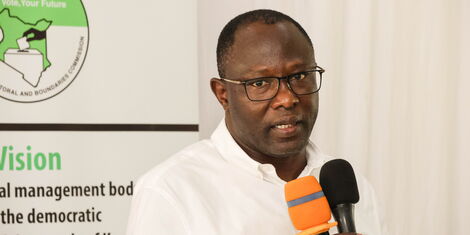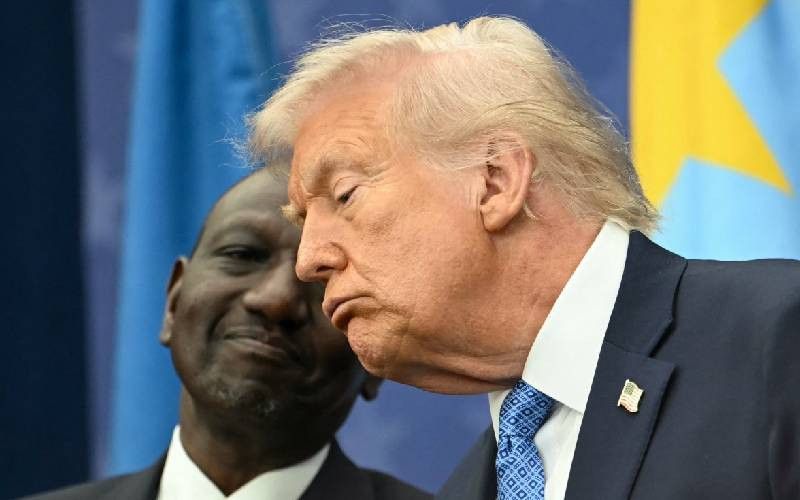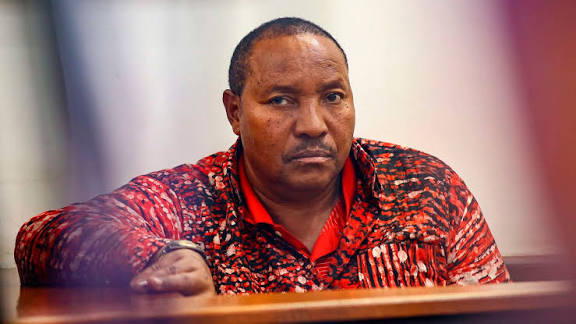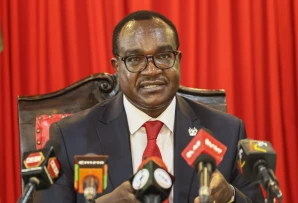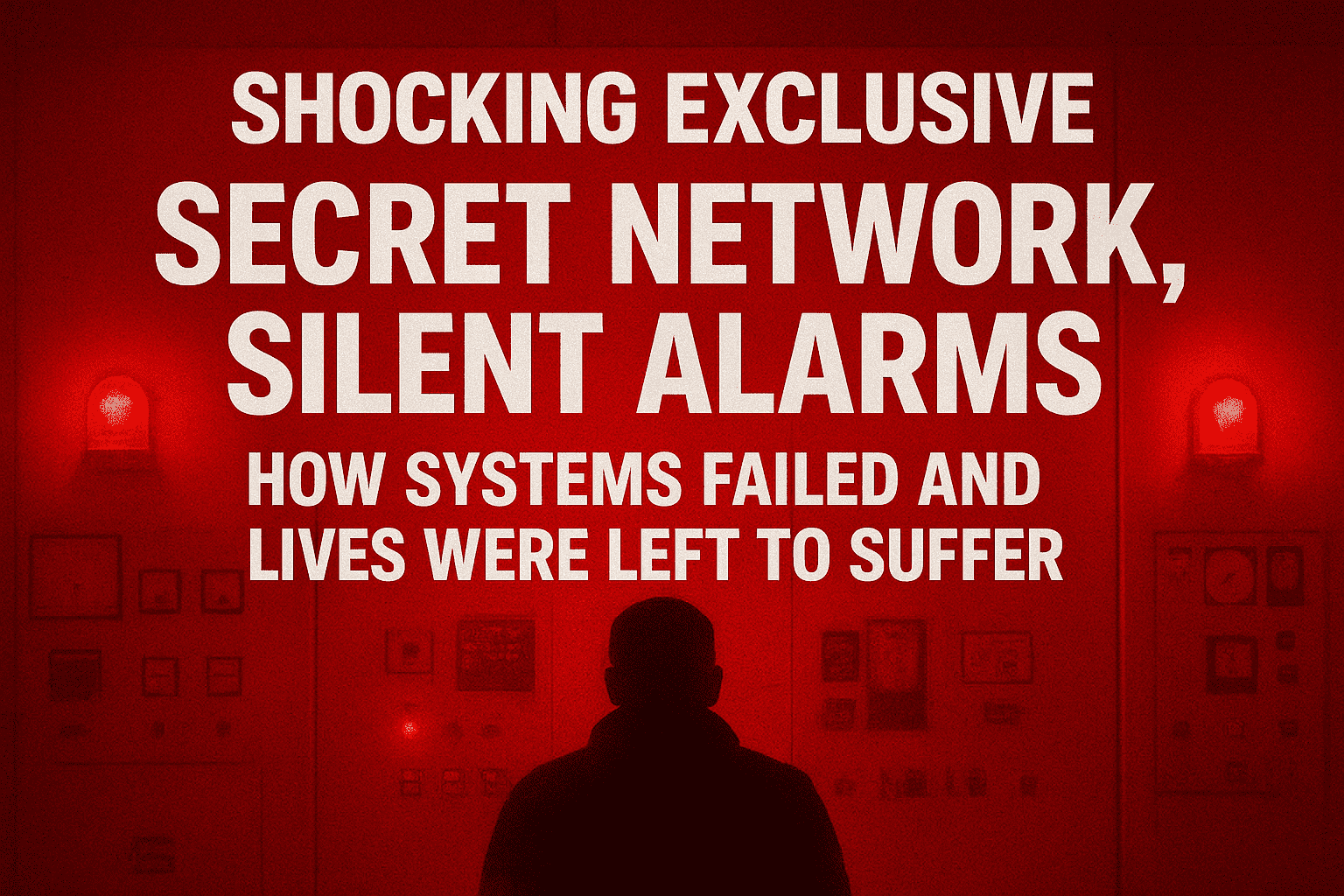
In a development that has sent shockwaves through the capital and beyond, confidential material and eyewitness accounts obtained by this newsroom reveal a coordinated pattern of decisions and deliberate inaction that left critical services crippled while private interests profited — and people paid the price.
At dawn today, we published a cache of internal communications, procurement records and first-person testimonies that collectively paint a picture of negligence so systematic it appears to be institutionalized. The documents — part of an anonymous leak provided to this newsroom — indicate that decisions once described as “budgetary” or “administrative” were in several cases driven by undisclosed commercial relationships and political calculations.
Lede victims: a pattern of ignored warnings.
Multiple whistleblowers speaking on the condition of anonymity described repeated alerts from frontline workers — alarmed technicians, healthcare staff, and municipal inspectors — that were dismissed, routed to “lower priority,” or shelved pending approvals that never came. In at least three separate instances, those warnings preceded preventable emergencies that directly affected vulnerable citizens.
“One call after another was logged and ignored,” said a current worker who asked to remain unnamed. “When the alarms finally went off, people assumed someone else had fixed it. No one had.”Procurement and conflicts: money in the marginsThe records show procurement contracts and emergency maintenance tenders awarded to a small cluster of companies with overlapping senior directors.
Those companies had, in some cases, been bypassed for standard competitive bidding processes. Internal notes attached to several invoices included shorthand and acronyms that suggest fast-tracked approvals took place at senior levels.
A source with knowledge of procurement procedures told this newsroom that “the patterns are unmistakable — awards that should have been transparent were routed through special committees and cleared with unusual speed.”
Officials decline to name names; spokes people point to ongoing reviews.
When approached for comment, officials responsible for the affected services declined to provide names or to engage on specific transactions, emphasizing instead that “internal reviews are underway.” A spokesperson insisted that the actions of a few do not reflect institutional policy and that immediate steps are being taken to address gaps.
Yet family members of those harmed — and in two tragic cases, those who died — say the response has been slow and inadequate. “We were told a repair team was on the way.
They didn’t come until it was too late,” said a relative of one victim. “We were treated like an inconvenience.”
Telltale omissions: data holes and redacted logs.
The leaked files include operational logs with suspiciously redacted entries and duplicated timestamps. In several systems, routine maintenance logs were missing for extended periods. Technical experts who reviewed the files for this report say those holes are consistent with deliberate data removal, not simple clerical error.
“For a complex operational environment, these gaps are a glaring anomaly,” said an independent analyst who examined the material. “They suggest either gross incompetence or intentional concealment.”
Lives, livelihoods and the cost of silence.
Beyond the spreadsheets and procurement memos lie the human stories: parents who lost stable incomes, patients whose treatments were delayed, and communities that have lost faith in institutions they once trusted.
In small towns dependent on a single water treatment or power plant, outages triggered cascading failures — affecting health centers, schools and local businesses.A leader from one affected community demanded accountability. “We kept raising our hands. People higher up kept saying ‘we’ll look into it.’
That answer cost us our sense of safety.”What this newsroom is calling forGiven the scope of the evidence and the harm documented, several independent experts say a full, externally supervised inquiry is required — one with subpoena power, forensic IT audits, and protection for whistleblowers.
They argue that internal reviews alone will not suffice while records remain redacted and key players remain beyond scrutiny.Legal scholars who examined the public portions of the disclosure told us criminal and civil liabilities could be implicated if investigations confirm intentional concealment or collusion designed to siphon funds or prioritize private gain over public welfare.
Where this goes next.
This newsroom has shared the unredacted material with a coalition of independent auditors and legal counsel to verify authenticity and prepare the evidence for lawful disclosure to relevant authorities.
Officials have 72 hours, according to sources inside the oversight bodies, to respond with meaningful action; community groups have mobilized for public demonstrations if they see no credible response.
For now, grieving families and outraged citizens are left with a single demand: answers. And as more documents surface, the circle of scrutiny appears likely to widen.




